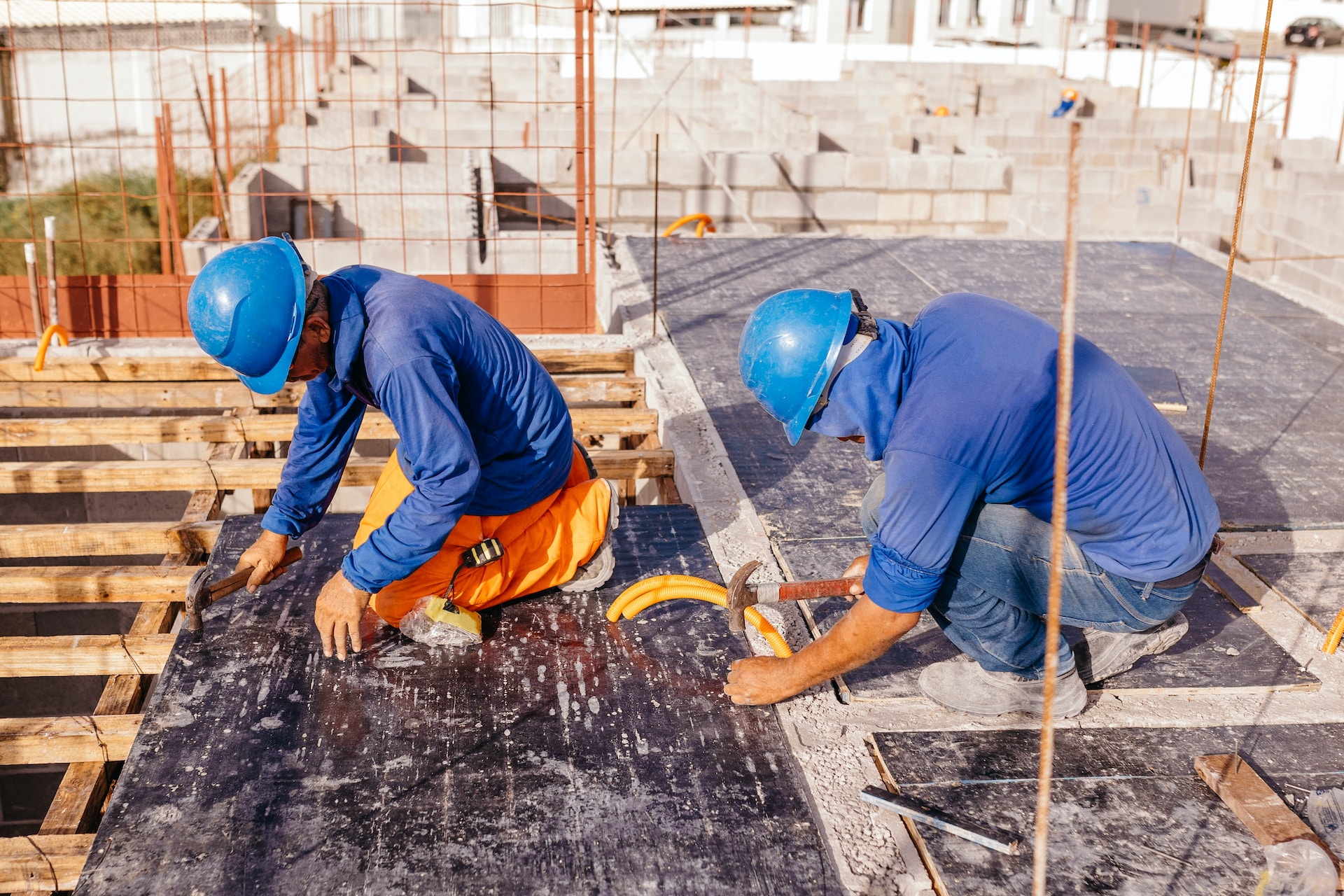The construction industry is subject to strict health and safety regulations to protect both employees and the public. Implementing robust health and safety management systems is essential to promoting a safety-first culture, ensuring compliance with UK regulations, and minimising accidents and injuries on construction sites. A well-crafted and expertly managed safety system not only protects workers but also demonstrates a company’s commitment to the highest standards of protection and integrity.
In this educational article, we will explore the advantages of adopting health and safety management systems in the construction industry. Learn how implementing comprehensive safety measures can contribute to a more secure work environment, create an atmosphere of accountability, and ensure that your company remains compliant with UK regulations at all times.
1. Understanding Health and Safety Management Systems
A health and safety management system (HSMS) is a structured process designed to help companies in the construction industry identify, assess, and manage workplace risks. By implementing an HSMS, construction employers can better meet UK regulatory requirements and ensure a safer work environment. Key components of an effective HSMS include risk assessment, hazard identification, training, and incident management.
2. Complying with UK Regulations
One of the main advantages of implementing an HSMS is ensuring compliance with UK health and safety regulations. The construction industry is regulated by the Health and Safety Executive (HSE), observing established laws such as the Health and Safety at Work Act 1974 and the Construction (Design and Management) Regulations 2015 (CDM). An effective HSMS helps companies adhere to these regulatory requirements by:
- Identifying relevant regulations and legal obligations
- Providing regular compliance checks
- Establishing procedures for handling work-related accidents and incidents
- Maintaining comprehensive documentation for audits and inspections
By complying with UK regulations, construction businesses can avoid penalties, enhance their reputation, and maintain a more secure work environment.
3. Identifying and Mitigating Construction Hazards
Hazard identification and risk assessment are central components of an HSMS, enabling businesses to identify and eliminate potential threats before they cause accidents. Activities that encompass hazard identification and risk assessment include:
- Regular site inspections and safety audits
- Reviewing incident and near-miss reports
- Analyzing industry trends and emerging risks
- Assessing the impact of new equipment, materials, or procedures
Once hazards are identified, risk assessments offer a systematic approach to evaluate their potential impact on worker safety, property, and the environment. By implementing appropriate safety measures, establishing clear responsibilities, and monitoring site operations, construction companies can reduce the likelihood of accidents and create a safer work environment.
4. Improving Workforce Training and Education
A crucial aspect of an effective HSMS is the training, development, and engagement of employees with relevant health and safety information. By investing in comprehensive training programmes, construction companies can ensure that workers are competent to perform their tasks, aware of potential hazards, and equipped to handle emergencies.
Training initiatives can include:
- Basic health and safety courses for new workers
- Regular ‘toolbox talks’ to keep employees up-to-date with safety information
- In-depth sessions on specific hazards, such as working at height, manual handling, or the proper use of Personal Protective Equipment (PPE)
- First aid training and CPR certification
- Leadership training for site managers and supervisors to foster a safety-focused culture
Well-trained employees are more likely to be proactive in identifying and reporting hazards, leading to a safer work environment for all stakeholders.
5. Enhancing Incident Reporting and Investigation
Incident reporting and investigation form a critical component of an HSMS, allowing construction companies to learn from accidents, near-misses, and occupational illnesses. Effective incident management processes help:
- Identify root causes to prevent recurrence
- Improve safety culture by encouraging open communication
- Inform risk assessments and hazard identification efforts
- Demonstrate management commitment to health and safety
Investigating incidents thoroughly and transparently can yield valuable insights into improving safety measures and maintaining a safer work environment.
6. Monitoring and Continuous Improvement
An HSMS is not a one-time exercise; it requires ongoing monitoring and continuous improvement efforts to maintain a safe and compliant work environment. Key performance indicators (KPIs) such as injury rates, incident investigation outcomes, and near-miss frequencies can help construction companies track their safety performance and identify areas for improvement.
Moreover, businesses must stay informed about changes in regulations, industry standards, and emerging best practices to ensure that their HSMS remains up-to-date and effective in protecting employees, the public, and the environment.
By committing to a safety-first culture and implementing an effective health and safety management system, construction companies in the UK can demonstrate their commitment to employee well-being, ensure compliance with regulations, and ultimately create a safer work environment for all parties involved.
Embracing a Safety-First Approach with Health and Safety Management Systems
Implementing a health and safety management system significantly enhances construction site safety, ensuring compliance with UK regulations and promoting a safety-first culture among workers. By engaging in continual monitoring and improvement, construction companies can better identify and mitigate risks, improve employee training and education, streamline incident reporting, and foster a proactive approach to workplace safety.
Are you ready to strengthen your construction business’s health and safety systems and embrace a safety-first culture? Contact CR Training for tailored guidance and expert health and safety training in Edinburgh. Together, we can help create a safer, more compliant, and successful construction industry that benefits employees, businesses, and the public alike.




